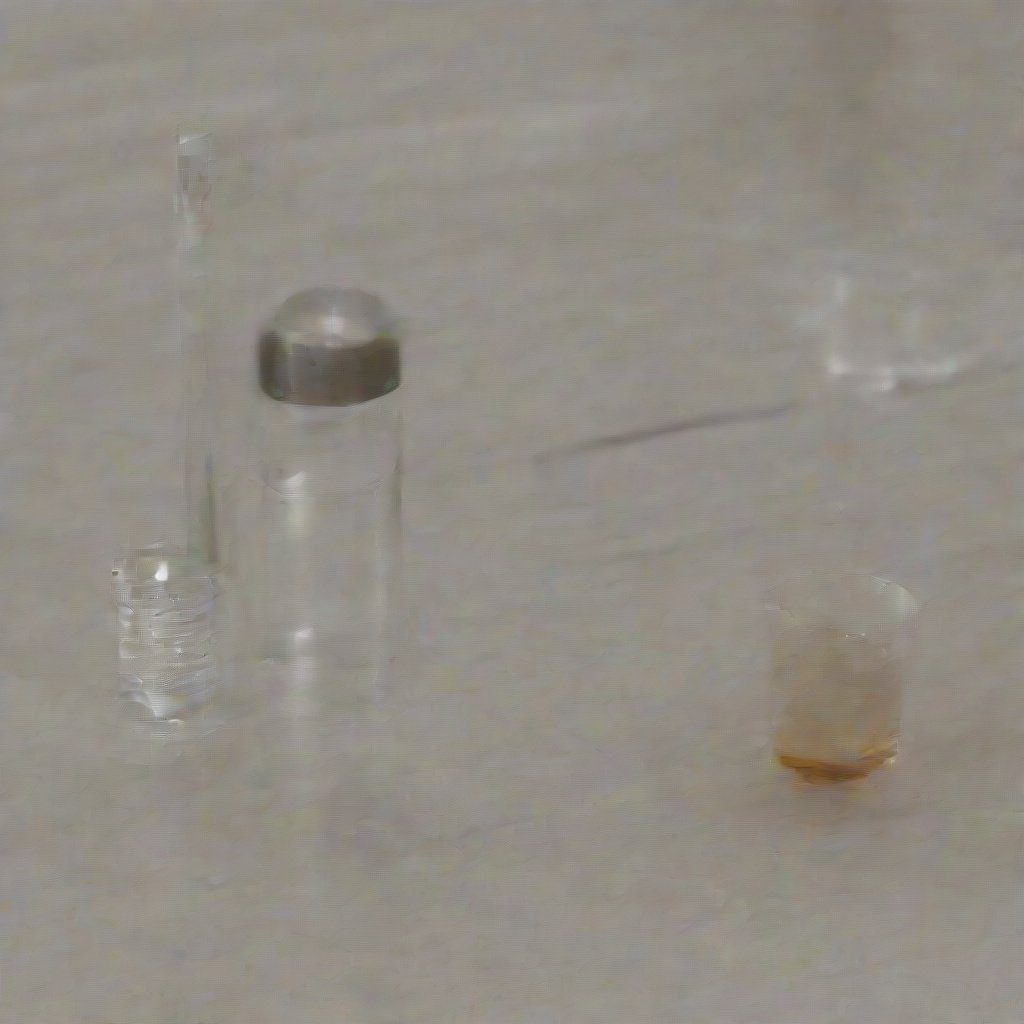What is Glycerin?
Glycerin, also known as glycerol, is a colorless, odorless, and viscous liquid that is widely used in the cosmetic industry due to its remarkable properties. It is a natural compound derived from vegetable oils or animal fats and is an essential component in many skincare products, acting as a humectant that attracts moisture to the skin. This makes glycerin an invaluable ingredient for formulating moisturizers, serums, and other cosmetic products, ensuring optimal hydration and skin health.
Benefits of Glycerin in Cosmetics
The incorporation of glycerin in cosmetics offers numerous benefits that enhance both product performance and user experience. Its ability to draw moisture from the environment and retain it within the skin makes it a crucial ingredient for combating dryness. By forming a protective barrier on the skin’s surface, glycerin helps to prevent moisture loss, improving skin elasticity and texture. Additionally, its soothing properties can help alleviate irritation and redness, making it suitable for sensitive skin types.
Glycerin as a Humectant
One of the primary roles of glycerin in cosmetics is its function as a humectant. This means that it has the unique ability to attract water molecules from the air and bind them to the skin. This characteristic not only aids in maintaining hydration levels but also promotes a plump and youthful appearance. Many cosmetic formulations, including lotions and creams, leverage glycerin’s humectant properties to ensure long-lasting hydration and improved skin barrier function.
Glycerin in Skincare Products
Glycerin is a staple ingredient in a wide range of skincare products, including moisturizers, cleansers, and toners. Its efficacy as a moisturizer is well-documented, making it a popular choice among formulators. When included in facial creams and lotions, glycerin helps to enhance the overall hydration of the product, allowing it to deliver optimal results for users. Furthermore, glycerin helps to improve the spreadability and texture of formulations, contributing to a luxurious application experience.
Glycerin in Hair Care
Beyond skincare, glycerin is also prevalent in hair care products. It functions as a humectant in shampoos, conditioners, and styling products, helping to maintain moisture levels in the hair. This is particularly beneficial for individuals with dry or damaged hair, as glycerin can help to reduce frizz and improve manageability. By drawing moisture into the hair shaft, glycerin promotes healthier, shinier hair and enhances overall hair health.
Natural and Synthetic Sources of Glycerin
Glycerin can be derived from both natural and synthetic sources. Natural glycerin is typically obtained through the hydrolysis of fats and oils, while synthetic glycerin is produced through a chemical process involving the propylene glycol. In the cosmetics industry, natural glycerin is often preferred due to its biocompatibility and skin-friendly attributes. As consumers increasingly seek natural and sustainable products, the demand for naturally sourced glycerin continues to grow.
Regulatory Status of Glycerin in Cosmetics
The regulatory status of glycerin in cosmetics is well-established, with organizations such as the FDA and the Cosmetic Ingredient Review (CIR) deeming it safe for use in various formulations. Glycerin is classified as a Generally Recognized As Safe (GRAS) ingredient, which means that it has a long history of safe use in cosmetics and personal care products. This regulatory approval enhances consumer confidence in the safety and efficacy of products containing glycerin.
Glycerin and Skin Types
Glycerin is suitable for all skin types, including oily, dry, and sensitive skin. Its lightweight and non-greasy texture allows it to be absorbed quickly without clogging pores, making it an ideal choice for individuals with oily or acne-prone skin. Additionally, its soothing properties make it beneficial for sensitive skin types, helping to alleviate irritation and redness. This versatility contributes to glycerin’s widespread use in cosmetic formulations across various demographics.
Formulating with Glycerin
When formulating cosmetics with glycerin, it is essential to consider its concentration and compatibility with other ingredients. Typically, glycerin is used at concentrations ranging from 2% to 10%, depending on the desired hydration level and formulation type. Glycerin can be effectively combined with other humectants, emollients, and active ingredients to create well-balanced formulations that meet diverse consumer needs. Proper formulation techniques ensure that glycerin retains its beneficial properties while delivering optimal performance in finished products.


